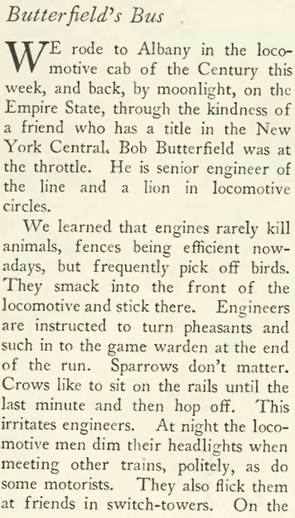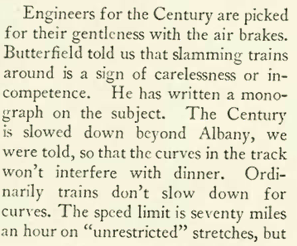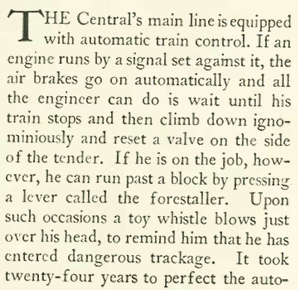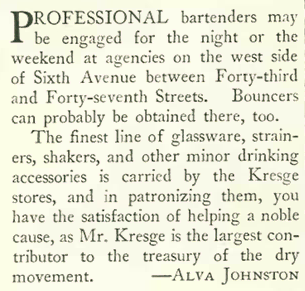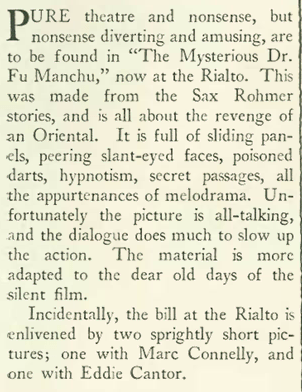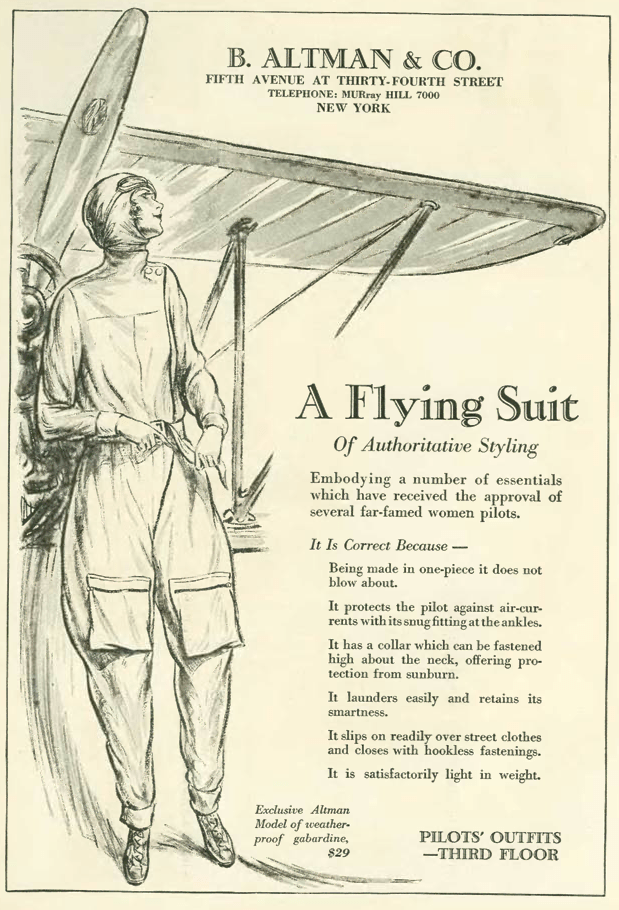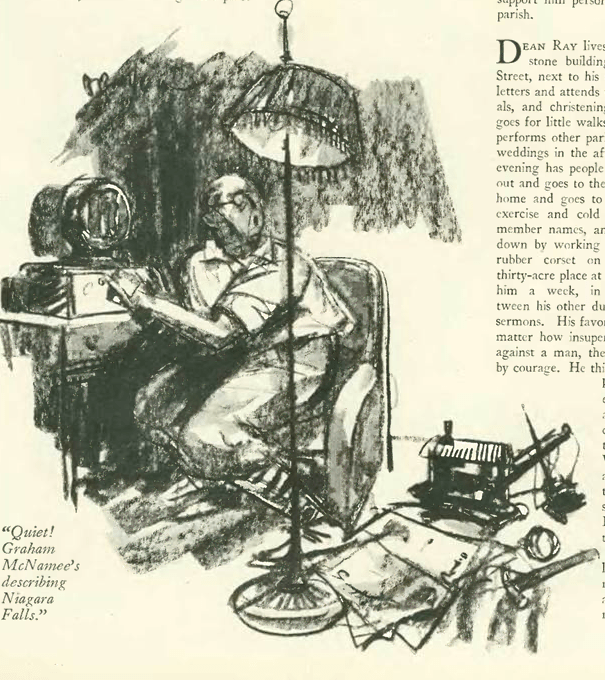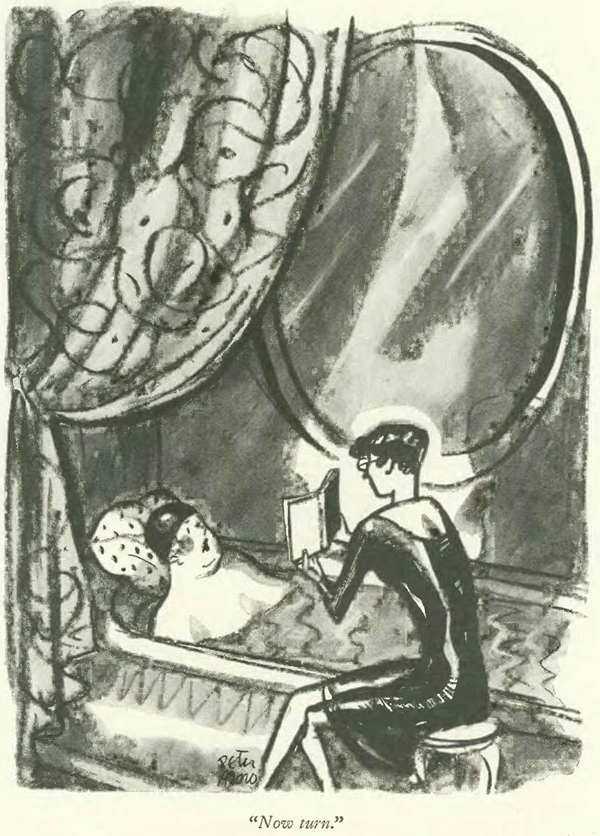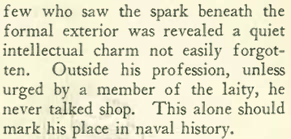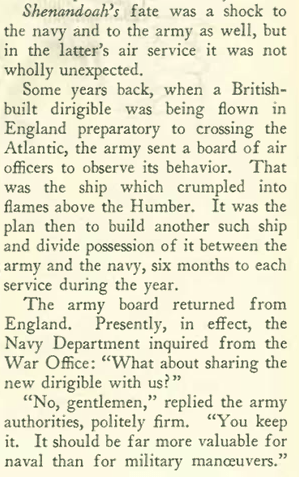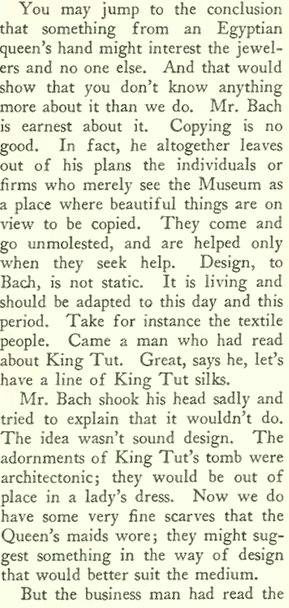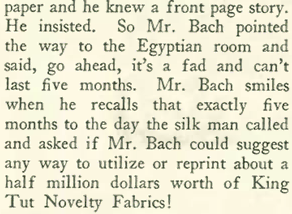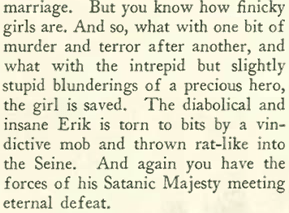Train travel in the U.S. was at the height of its glory in the late 1920s—you could hop on train in New York City and travel to virtually anywhere in the country, even to some of the remotest towns in America’s vast hinterlands.

The New Yorker’s managing editor, Ralph Ingersoll (1900-1985) writing in “The Talk of Town,” climbed aboard the locomotives of outbound 20th Century and an inbound Empire State trains to survey the latest technology in rail travel. What one gleans from reading this account is how much this mode of travel has declined (in the U.S.) over the past 90 years:

In terms of speed and safety, it seems little has changed since 1929, and perhaps things have actually gotten worse…

* * *
From 1928 until his death in 1950, the journalist Alva Johnston (1888-1950) wrote on a diverse range of topics for The New Yorker, including this “Reporter at Large” piece on the proliferation of barrooms in private residences, hidden from the prying eyes of Prohibition agents and sometimes furnished with the bits and pieces that once graced some of New York’s finest watering holes, including the famed Hoffman House:

Johnston noted the clever tricks homeowners used to conceal their secret bars:

Johnston concluded his piece on an ironic note, pointing out that the finest cocktail sets could be obtained at Kresge department stores, which were owned by one of the biggest supporters of Prohibition, S.S. Kresge:
* * *
The Sound of Peggy Wood
The Brooklyn-born Peggy Wood (1892-1978) made her stage debut in 1910 and was an established Broadway star before she made her first talking picture, Wonder of Women (a film believed to be lost). A member of the Algonquin Round Table, she was well acquainted with the New Yorker crowd. And the magazine in turn was very impressed with her acting talents, even if the picture she was in proved a bit of a downer:

…the review continued, suggesting that Wood’s acting alone carried the picture…
…if you weren’t into weepers like Wonder of Women, you could have instead checked out The Mysterious Dr. Fu Manchu at the Rialto Theatre…

* * *
Just Sad
Yet another note in “Talk of the Town” describing the plight of African Americans in segregated America, without a hint of empathy:
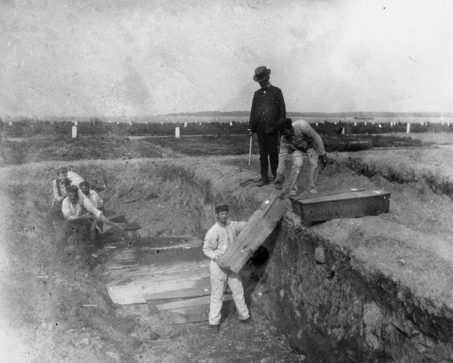
* * *
From Our Advertisers
Last week B. Altman offered rugged coats for those brave souls riding in rumble seats. This week Altman rolled out some stylish wear for the enterprising pilot of 1929…
…and while you were up there, you could calm those nerves with a Chesterfield (a two-page ad that appeared regularly in The New Yorker)…
,,,back on the ground, the makers of Most toothpaste reminded readers to brush those tobacco stains off their teeth, apparently even while they’re smoking…
…here is another sampling of drawings by Garrett Price, rendered after a recent trip to Paris…
…our cartoons come from Leonard Dove (note the backward signature)…
…here we have A. Edwin Macon’s take on modern furniture…
…Helen Hokinson looked in on a visit to an eye doctor…
…Perry Barlow’s take on the wonders of radio…
…Rea Irvin depicted how timing is everything in an ice delivery…
…and Peter Arno peeked in on habits of the idle rich…
Next Time: The Art of Peace…

